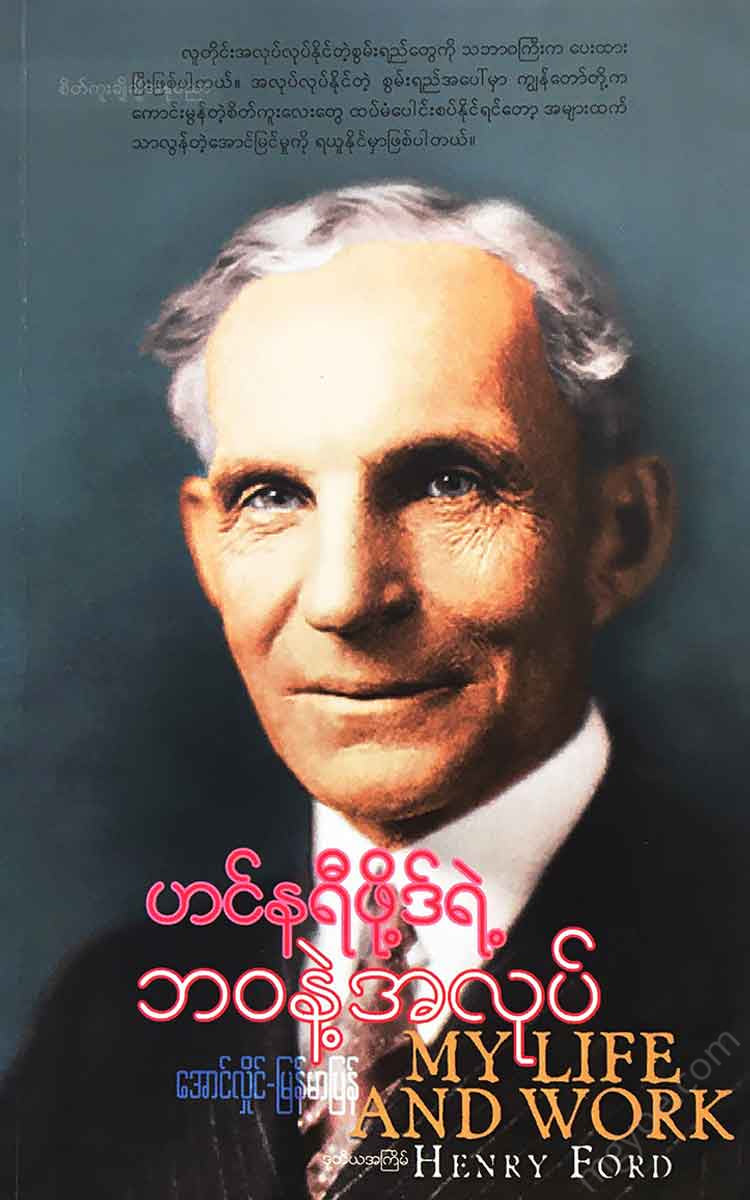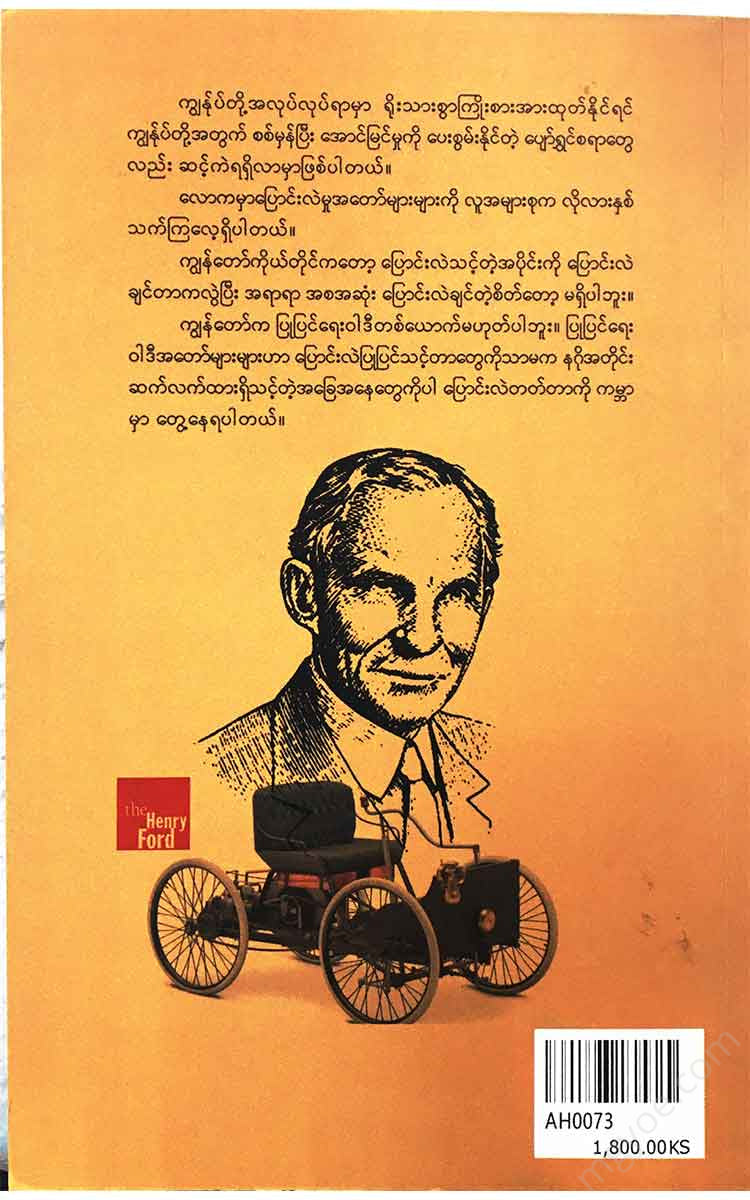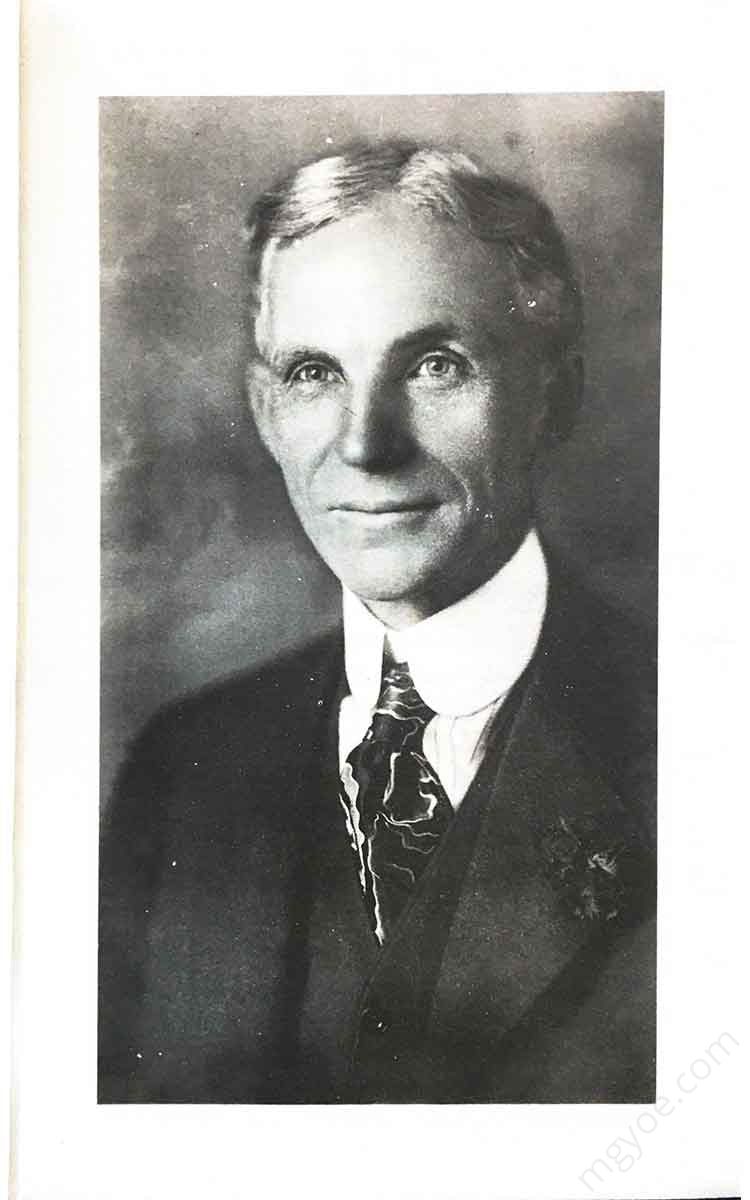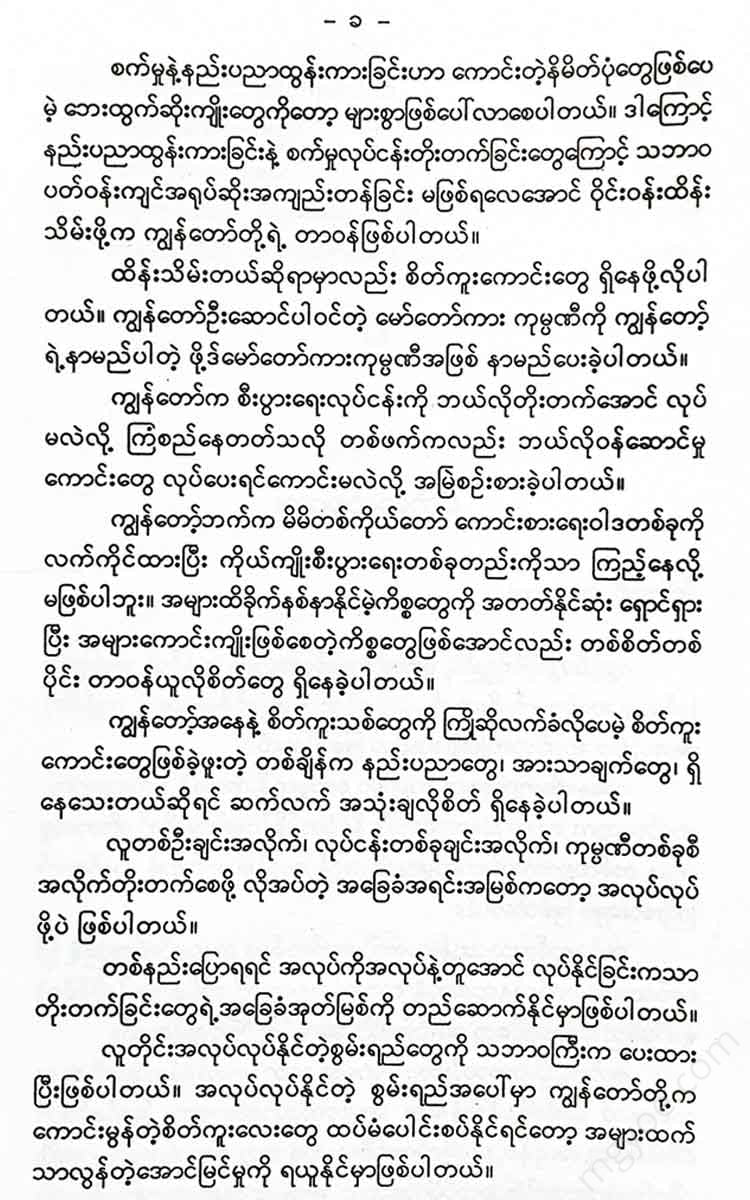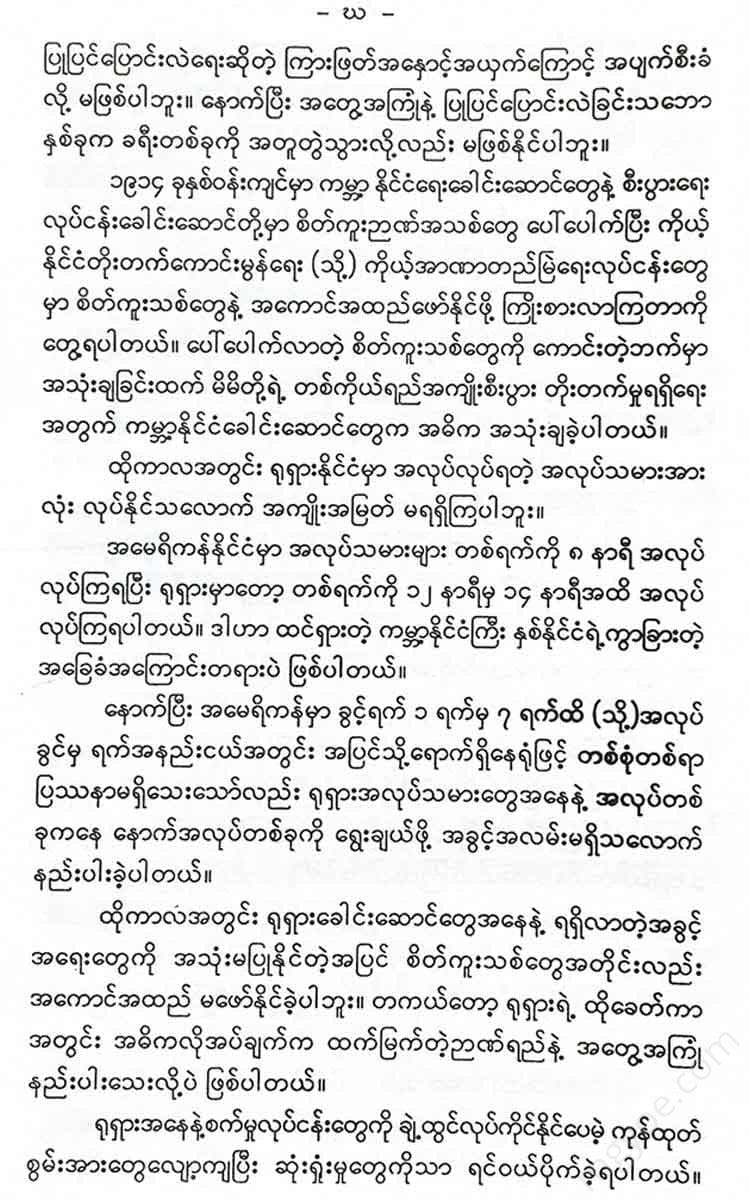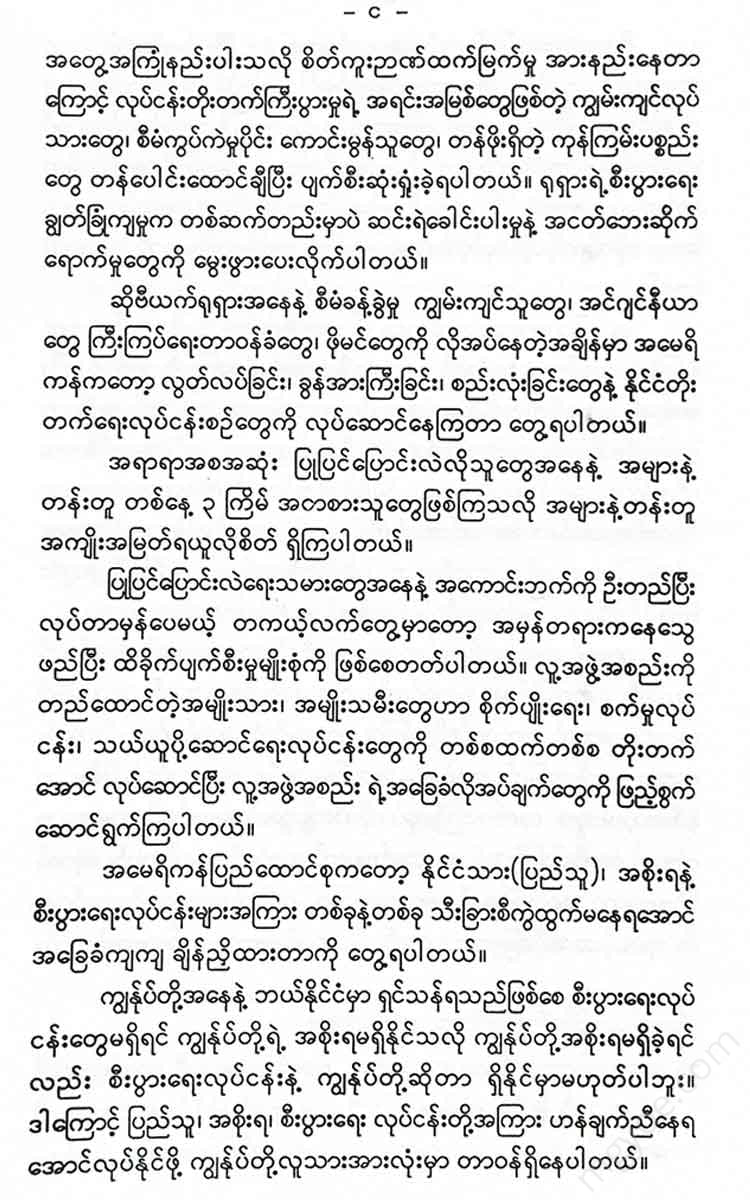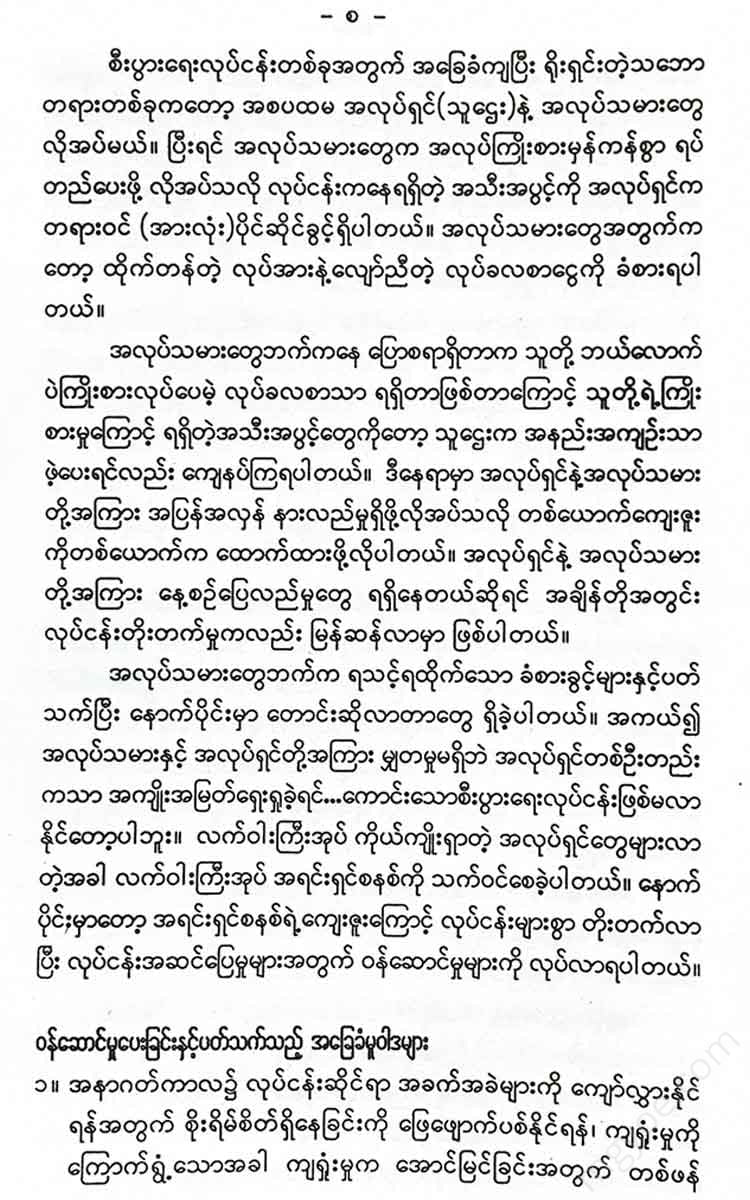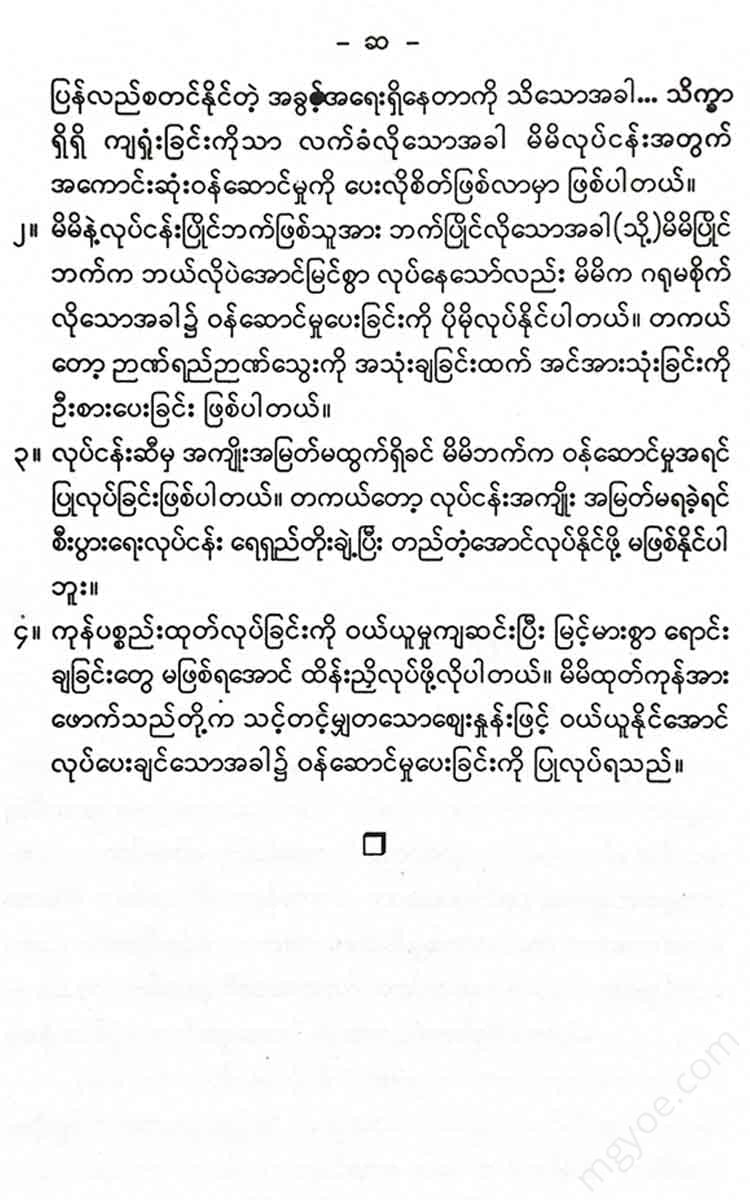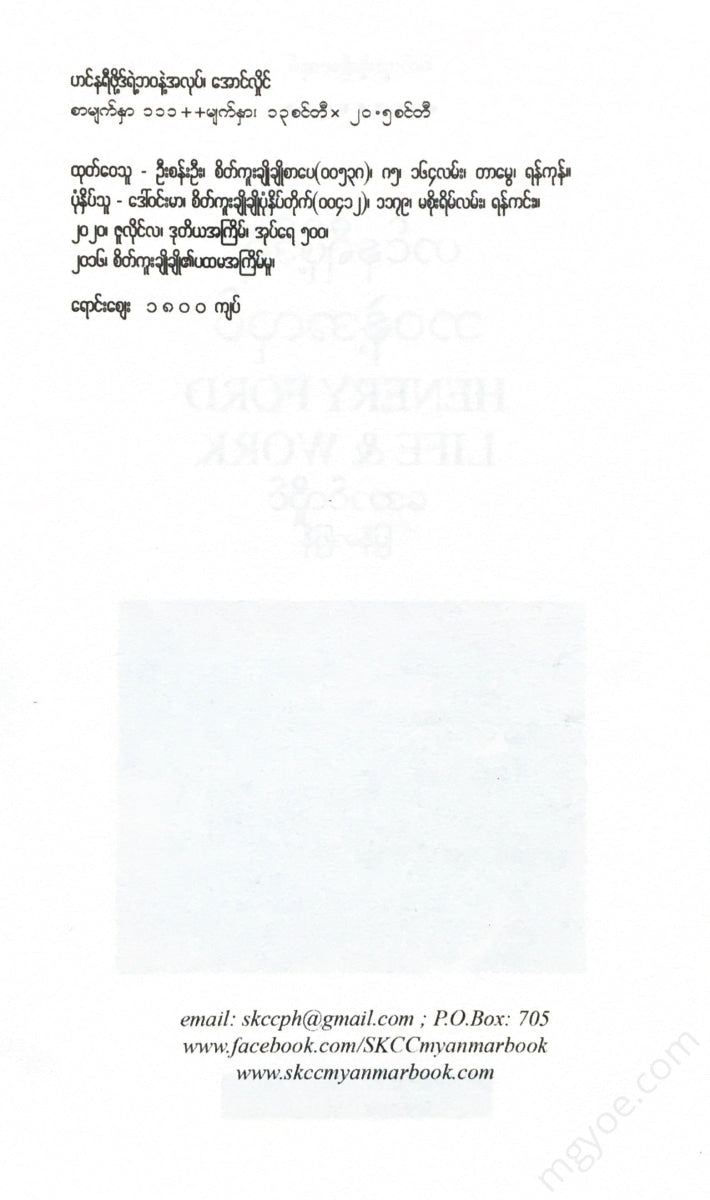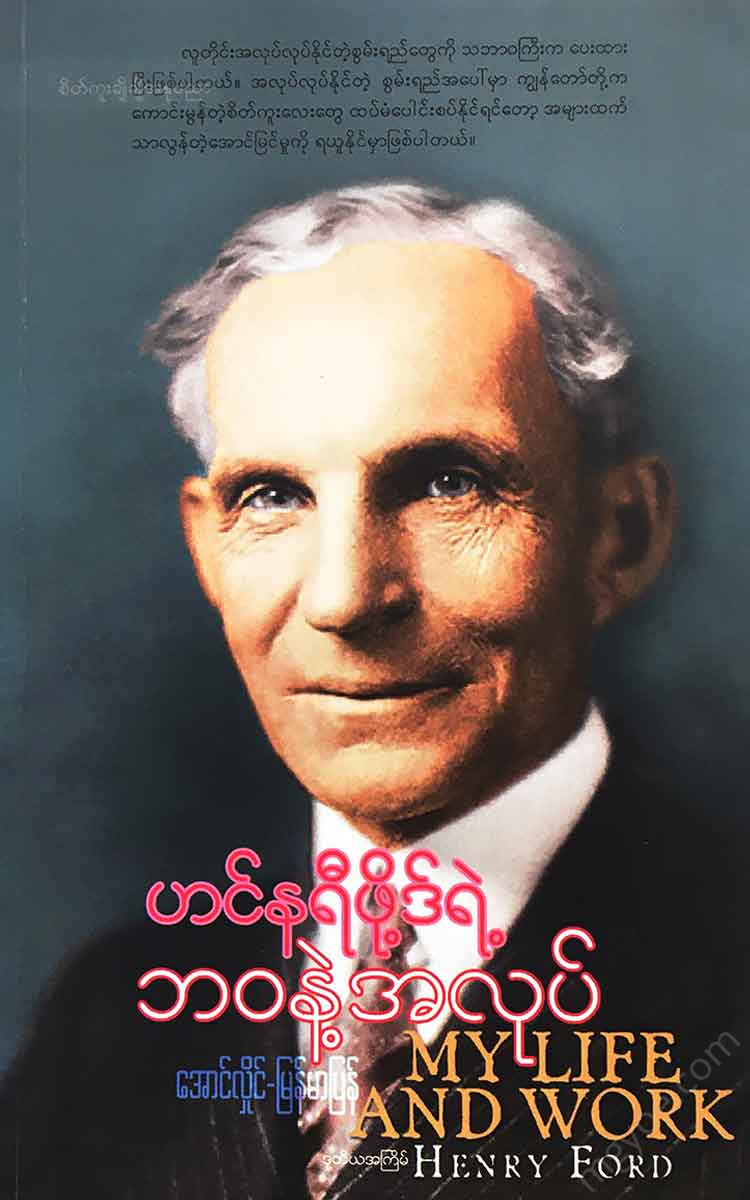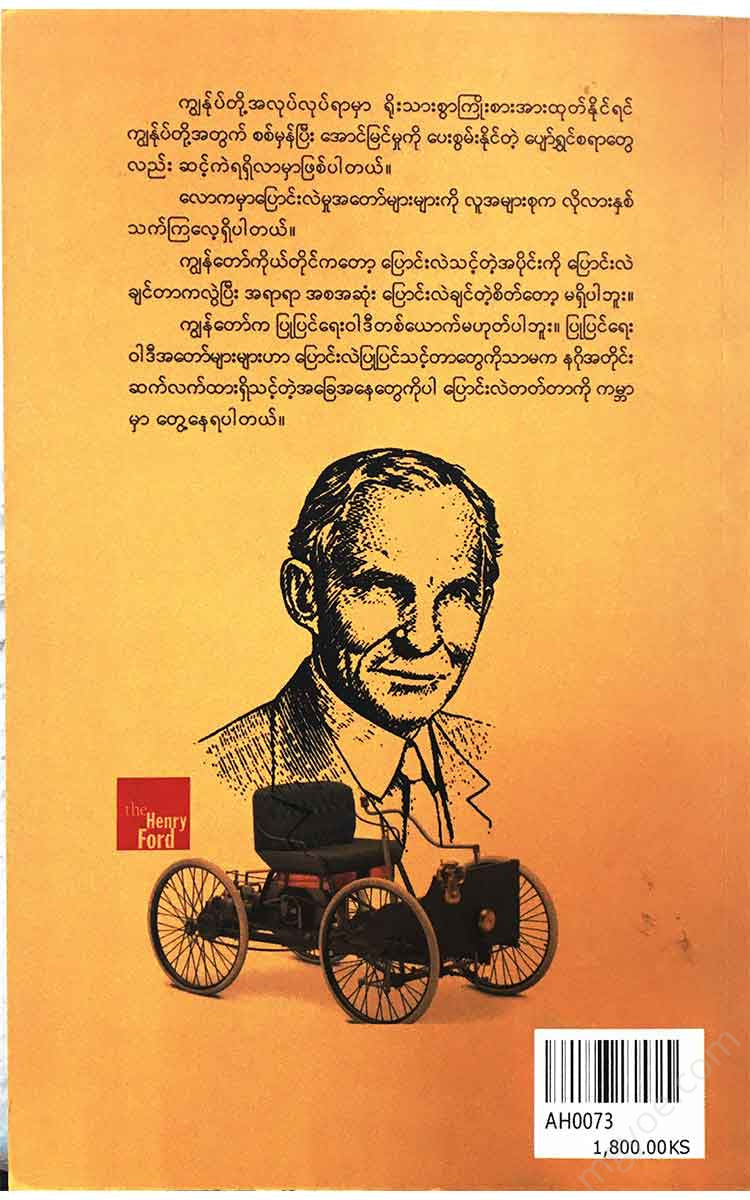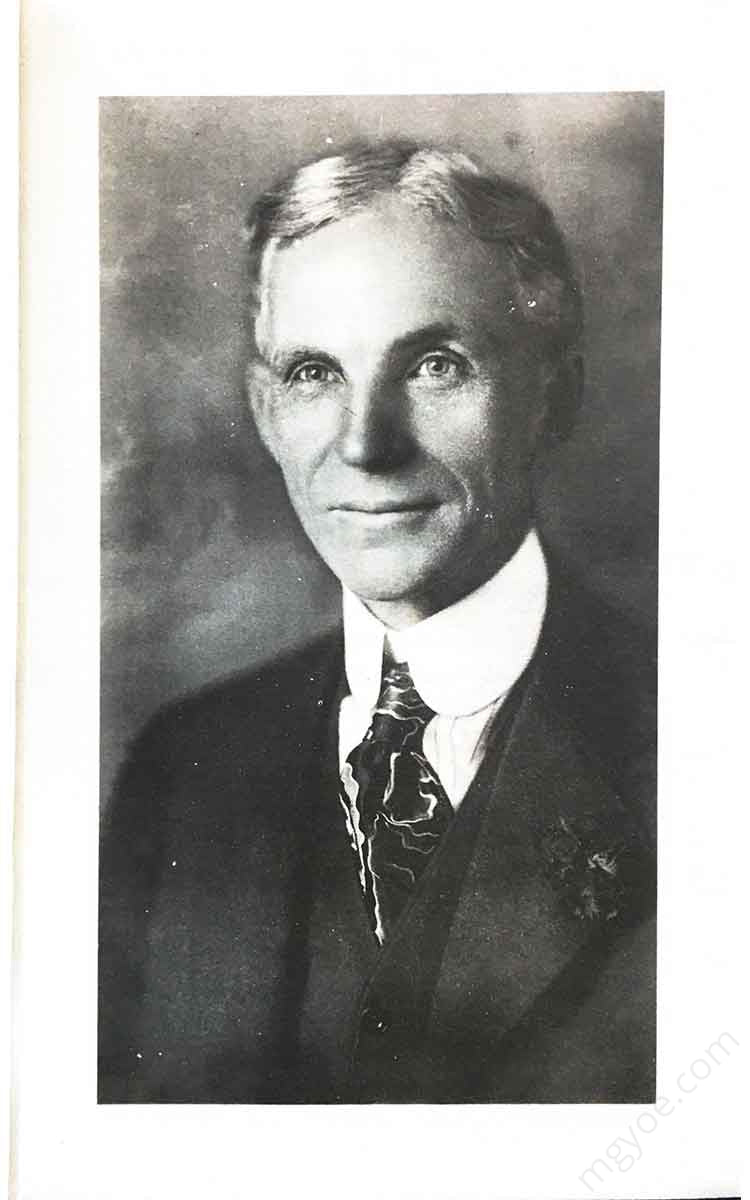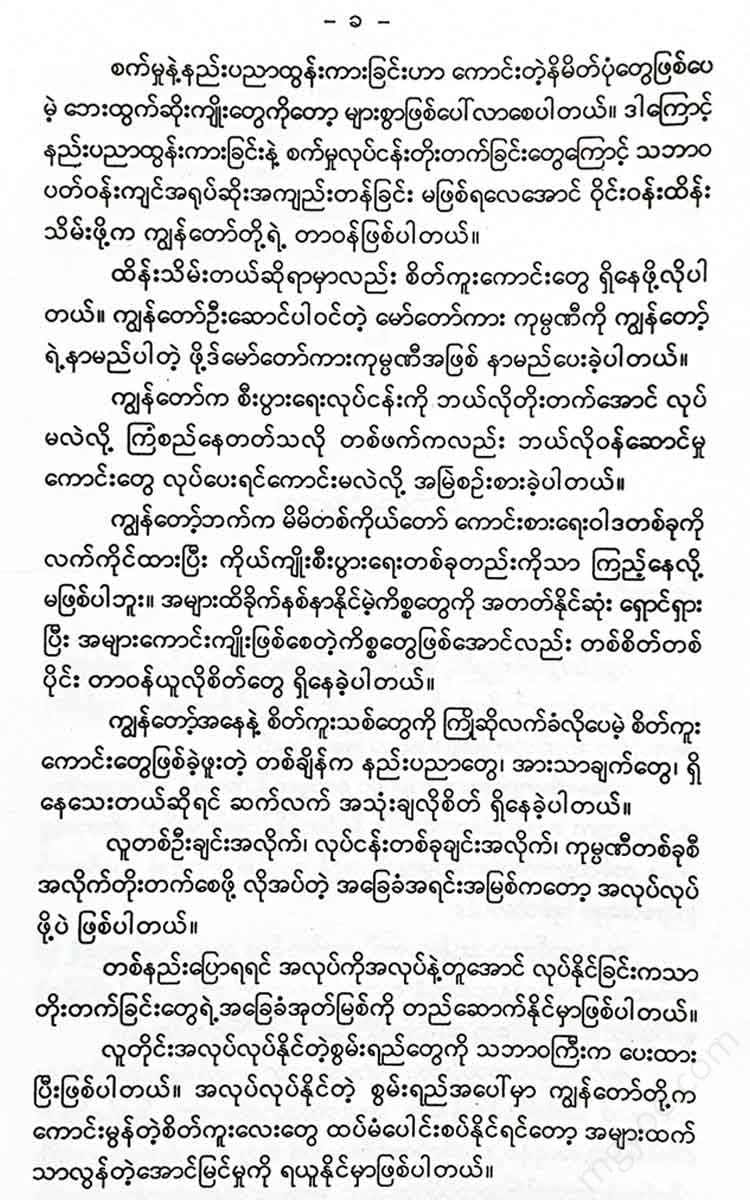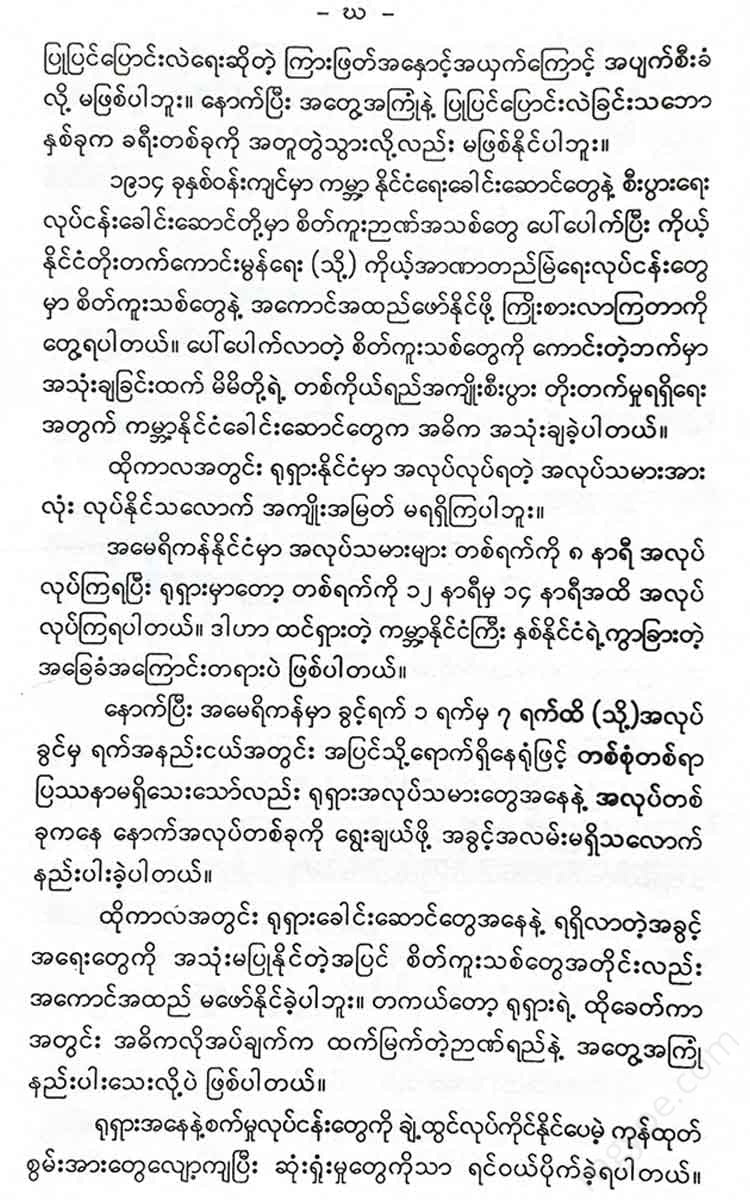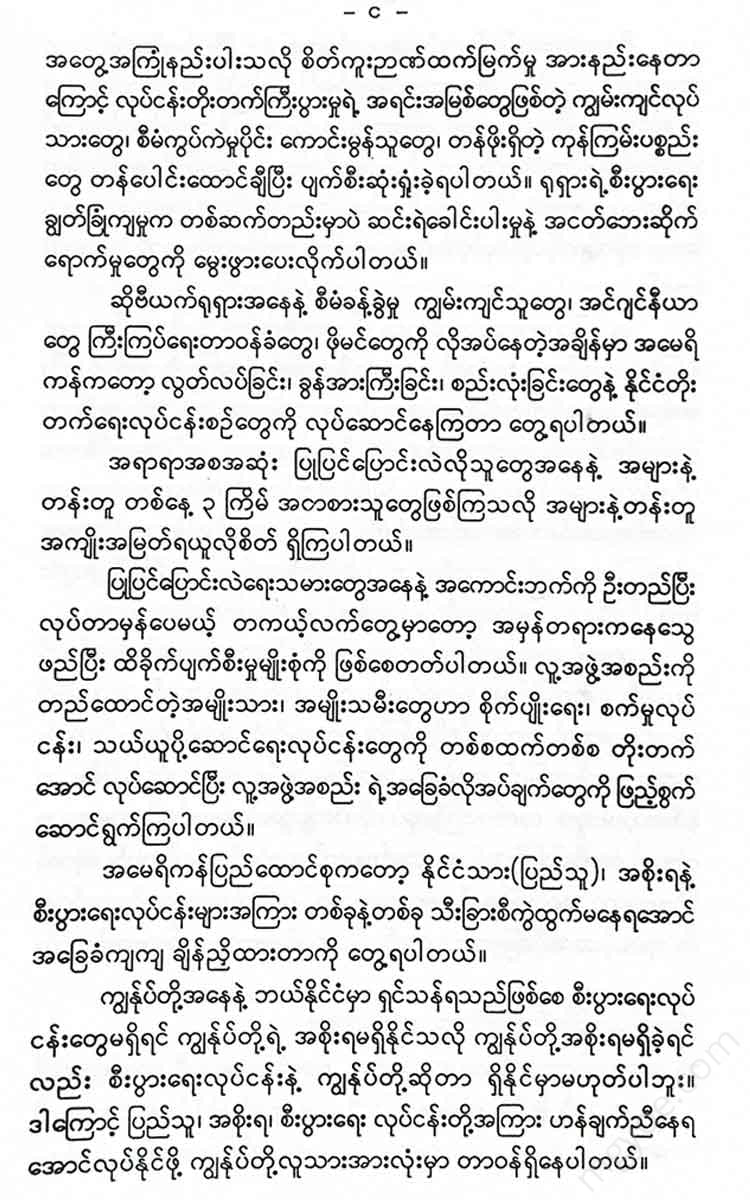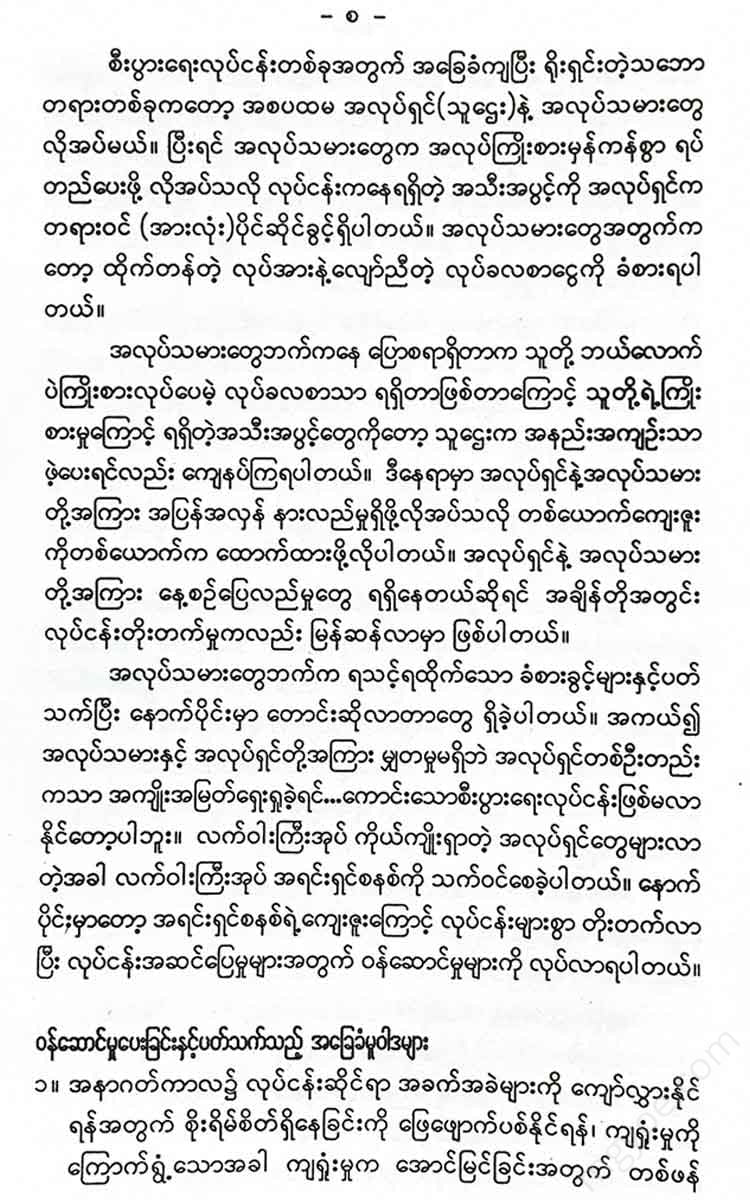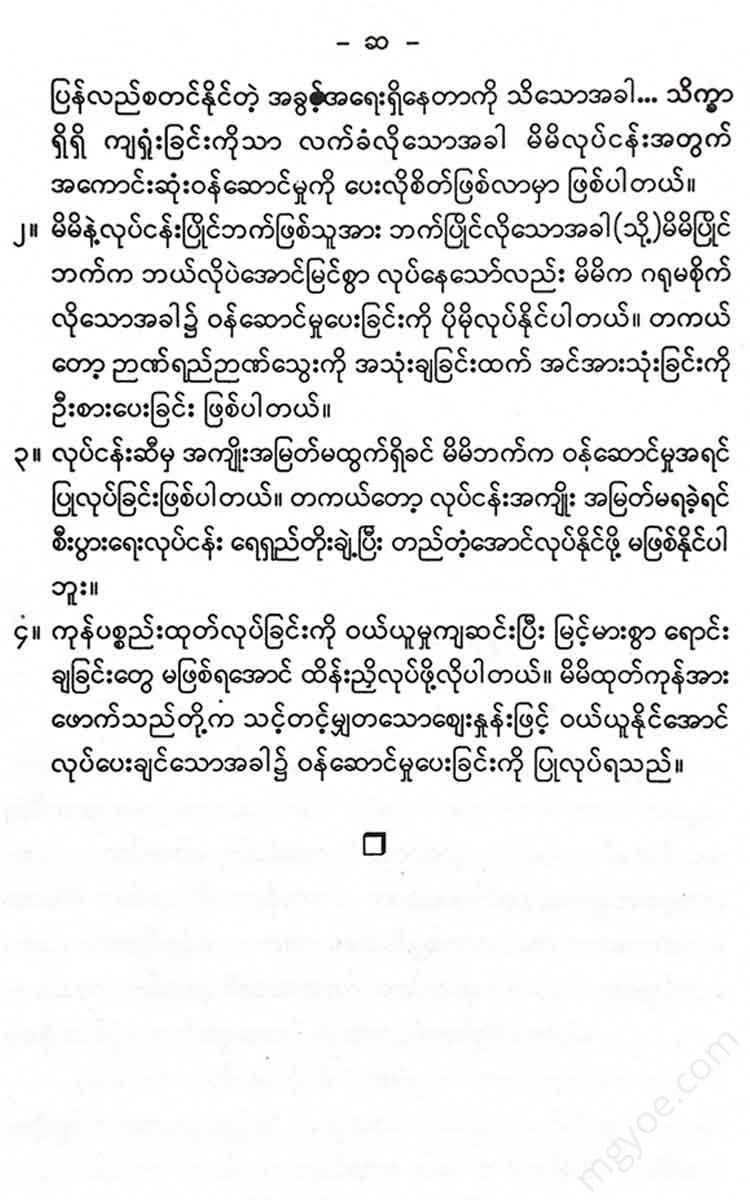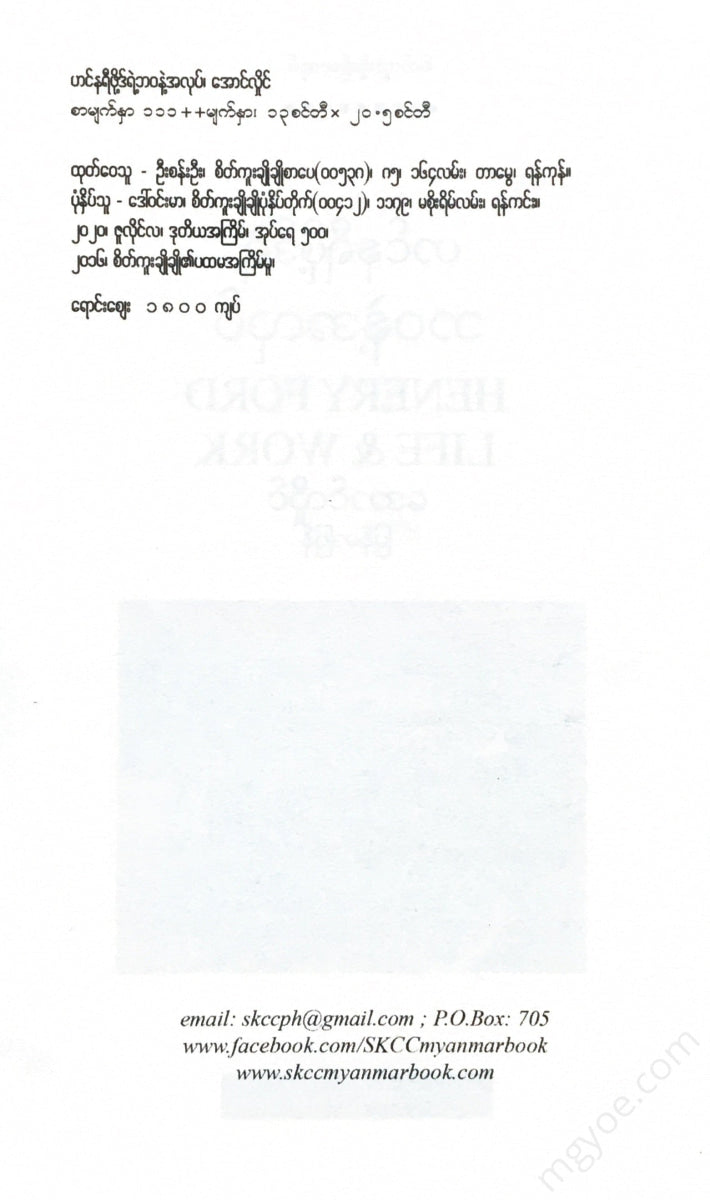စိတ်ကူးချိုချိုစာပေ
Aung Hlaing - The life and work of Henry Ford
Aung Hlaing - The life and work of Henry Ford
Couldn't load pickup availability
Chapter 1
Starting a business
On May 31, 1921, the Ford Motor Company produced its 5,000th convertible. I had been in the car business for 30 years before that car was produced. I still have it in my showroom. It was a gasoline -powered convertible. In fact, it was built to look exactly like the previous convertible.
The latest convertible is similar in design and materials to the previous convertible. In fact, the old convertible has some flaws. The old convertible and the new convertible look similar, but the old one has only two cylinders, so it can go 20 miles per hour and use three gallons of fuel for 60 miles.
The Model T, which was based on the original convertible , had four cylinders and was capable of self-starting. It was a more modern and faster car than ever before.
It is undeniable that the ability to produce more modern and innovative cars depends a lot on the experience gained when the first car was produced. Therefore, any business can make modern and innovative additions based on good experiences. The point to be noted is that no matter how modern and innovative changes are made, they cannot be created by deviating from the basic principles. Producing new cars has given me invaluable experiences and good ideas. When I get good ideas, I have to try to use them appropriately according to the changing circumstances and times.
My parents were born on a farm in Dearborn, Michigan in 1863. Michigan was the place that created many of my early memories, and growing up on my parents' farm, I still consider myself a farmer even into my old age.
My parents were poor. So the early days of my life were rough and ugly. From a young age, I had the instinct to find easy, quick, and cheap ways to do whatever I wanted. I saw my parents' honest and simple struggles every day, and I thought of good ideas every day to replace their farming methods with better and more efficient machines.
My mother, who knew my creative nature, used to call me “a child born as a machine.” I wanted my parents to be rich and prosperous like other “Michigan” farmers. So I started building a small workshop. But nothing else could be done. During that time, there was not even a single toy machine model like the modern day machines. So I collected all the old tools and scraps I could find and tried to open a workshop. At that time, the tools and scraps were my treasures.
Early in my life, I drove a homemade car to a place about a mile from Detroit. I was 12 years old at the time. It was my first big experience.
The second experience was when I observed the engine of the car we were driving. I was just thinking about machines yesterday. Now I am starting to observe and think about how the car engine works.
I learned that this car could run faster than horses because of the power of the engine. Later, I also thought about the fact that each engine, individually and together, could move a great distance. One of the main things I discovered was that there was a chain connecting the engine to the front wheels. So I continued to study and found that the engine was placed on a boiler and a man was feeding coal from behind the boiler. This car was made by Nichols Shepard & Company of Battle Creek. I got in and out of the car and started talking to the engineer who was standing in front of my father. The one who was driving the car was my father. My father knew what I was going to ask the engineer.
When I asked the engineer about the engine, he happily explained it to me. The engineer was very proud of what he was saying. The engineer also explained how the chain works to turn the wheels, and how the pinions in the chain work. I am very interested in building car engines and bodies. Every time I go to the city, I buy a few engine parts (as much as I can). Sometimes I take small machines and broken parts and repair them. By studying them in this way, I learn the basic principles of how machine parts are built and how they work.
Early in my life, I wasn't very interested in farming, but after learning how engines worked, I became interested, with the hope that if I could make the best use of machinery, it would be of great benefit to farming.
My father was very pleased with my daily interest in studying the workings of engine parts, the basics of mechanical engineering. He believed that I would become a farmer, a son of their parents. When I was 13 years old, I learned how each engine part worked and how they worked together, what tasks each engine had, and what conditions could damage it.
By the time I was 15, I had become a skilled mechanic who could repair many engine parts. At that age, I was not only studying engines, but also reading books on the theory of how engines work.
I left school at the age of 17 and got a job as an assistant mechanic at Drydock Engine Works. I gained 3 years of experience before becoming a qualified mechanic.
I was a passionate art lover and worked as a night clerk in a jewelry store. I had even thought of opening a watch shop with about 300 watches. But I also thought that watches are not indispensable and useless things in the world. People do not usually buy watches as a priority. After my first meeting with the Nichols Shepard Machine Company, I left there in 1879, four years after I first met them, as an assistant mechanic. After that, I joined the Westinghouse Company as a local representative. The Nichols Shepard engine was designed to be mounted in the front of the car, and the boiler in the rear. Then the engine power could be connected to the rear wheels by a belt.
The car equipped with this program can drive up to 12 miles per hour.
When I was a kid, I built a steam car. The boiler generated a lot of heat and energy, which allowed the vehicle to move.
I spent two years studying and experimenting with various types of boilers. The energy obtained from boilers is powerful and useful, but it is also very dangerous. I found that the pressure of steam obtained from boilers was difficult to control. I wanted to develop various vehicles that could be driven by replacing machinery. Anything that could be done by replacing machinery. For example, I wanted to develop a horse-drawn carriage that could be driven by a machine instead of a horse. If I could successfully produce a motor vehicle that could be driven by mechanical parts, I had long imagined that I would also be able to develop a railway (steam train) that could pull many cars.
I worked as a representative for the Westinghouse Company, where I was able to test and manufacture various light and small steam-powered vehicles. I left Westinghouse after a little over a year. At Westinghouse, I learned how to make tractors and various steam engines.
England has always tried to produce large tractors for large-scale agricultural work. Only wealthy English farmers could afford these large tractors. One day I read a section in an English industrial magazine called “Science World.” It said, “The silent
